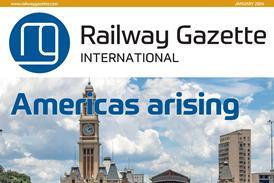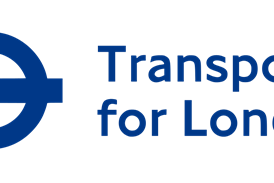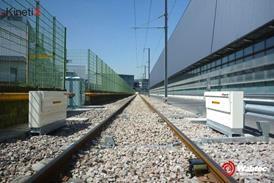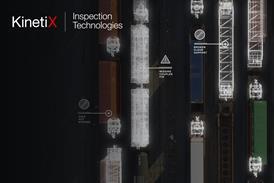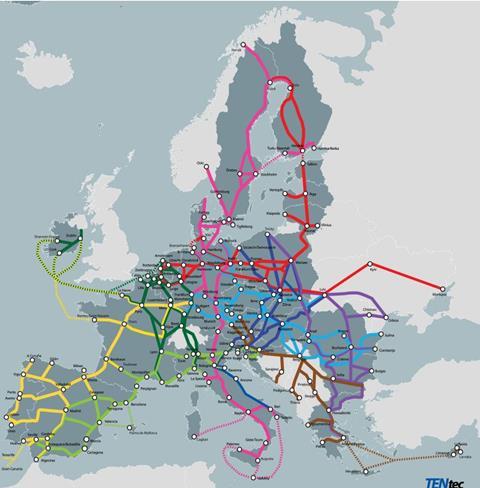
EUROPE: The European Commission’s proposals to revise the TEN-T Regulation have been amended in the light of the Russian invasion of Ukraine, with routes to Ukraine and Moldova added, Russia and Belarus removed, and a requirement for 1 435 mm gauge on TEN-T routes added.
In December 2021, the commission put forward a proposal to revise the TEN-T Regulation of 2013 in line with the objectives of the European Green Deal and the Sustainable & Smart Mobility Strategy.
The commission now says the resilience of the European transport network has been put to the test by ‘the devastating impact of Russia’s war of aggression against Ukraine’, which ‘has redefined the geopolitical landscape’.
The revised proposals adopted on July 27 will now form part of the ongoing negotiations with the European Parliament and the Council.
Under the plan, the North-Sea Baltic Corridor would be extended via Lviv and Kyiv to Mariupol, the Baltic-Black-Aegean Sea Corridor extended to Odesa via Lviv and Chişinău, and the Baltic Sea-Adriatic Sea and the Rhine-Danube Corridors extended to Lviv.
Commissioner for Transport Adina Vălean said this would ‘help improve transport connectivity between these two countries and the EU, facilitating economic exchanges and better connections for people and businesses alike. These corridors will also be a key priority in rebuilding the transport infrastructure of Ukraine once the war ends.’
The commission is also proposing to downgrade the last sections of all cross-border connections between the EU and Russia/Belarus from the ‘core’ network’ to the ‘comprehensive network’, putting back the target date for completion from 2030 to 2050. In the event of a ‘democratic transition’ in Belarus, its routes could be re-included.
Standard gauge requirements
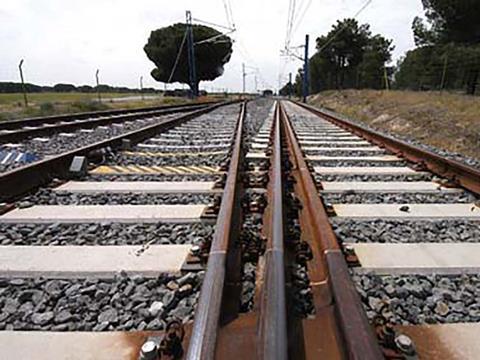
Gauge was not addressed in the December 2021 proposal, but the commission said it has ‘clearly emerged as a problem that needs to be tackled’ with difficulties at the Ukrainian border highlighting how a lack of interoperability makes the EU rail network vulnerable.
Vălean said efforts to facilitate the export of grain from Ukraine had demonstrated the importance of interoperability, and ’reinforced the need to increase convergence within the EU network, making it more resilient and strengthening the internal market’.
The updated proposal would require all new TEN-T railway lines in EU member states which share a land border with another member state be built to the 1 435 mm European standard gauge, and invites member states to plan the conversion of existing lines on the European Transport Corridors ‘when economically justified’.
Member states would be able to decide the timing of such conversion and to conclude that it was not justified based on a socio-economic cost:benefit analysis. Ireland would be specifically exempt, as ’due to its insular situation, it is fully detached from any land-side connection on the European Union territory’.









